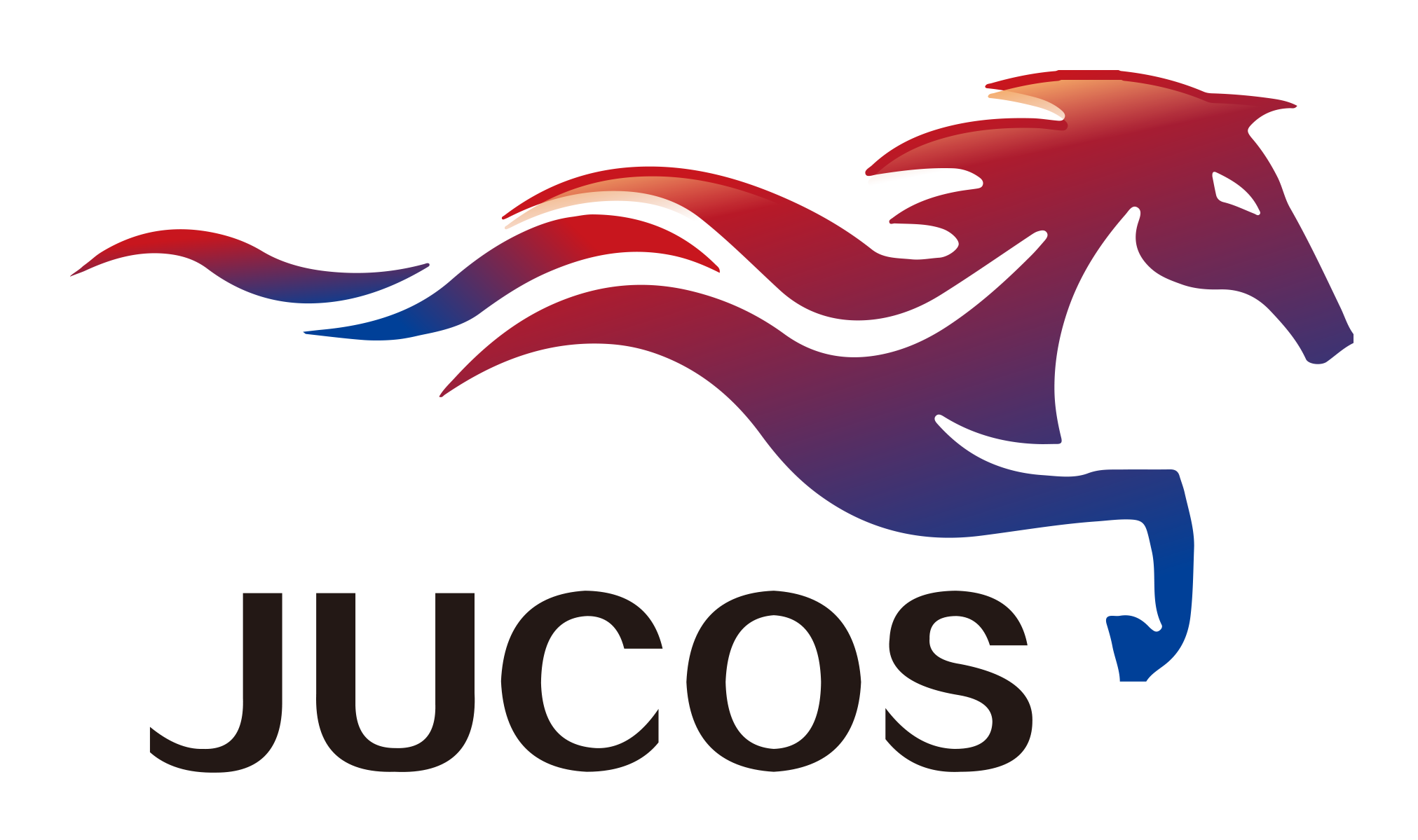Application of Magnesium Alloy Engraving Plate in Machining
Application of Magnesium Alloy Engraving Plate in Machining
With the development of society and the advancement of science and technology, as well as the expansion of the market for new materials and new technology requirements, magnesium alloy engraving plates have become a variety of applications in today's market, especially in the fields of weapons and equipment, aviation, aerospace, auto parts and other fields. , Higher and more stringent requirements are put forward for the characteristics and processing technology of new materials. Materials with light weight, environmental protection and good mechanical properties have replaced traditional materials. Then, let's learn about the application of magnesium alloy engraving plates in machining Bar!
1. Properties and characterization of magnesium alloy engraving plate materials
low density
The density of magnesium alloy is 1.8 g/cm3, and it is also a new type of environmentally friendly green structural material. The use of magnesium alloy reduces the structural weight of parts and reduces pollution emissions. It not only develops the current magnesium purification and processing technology, but also reduces its material cost. It is 36% lighter than magnesium aluminum alloy, 73% lighter than zinc alloy, and lighter than steel. 77% lighter, it is the lightest structural metal material in the world today, and it also reduces the energy consumption of magnesium production.
Good machinability and high stability
Compared with other metal materials, magnesium alloy engraving plate has good machinability, and its cutting speed is much higher than other metals. Magnesium alloy has good stability. Therefore, when completing the same work, using magnesium alloy as a raw material can reduce the number of processing equipment, reduce the floor space, and have high machining accuracy when cutting with high cutting speed and large feed. Less, easy to remove, and improve machining speed. Save infrastructure investment, reduce labor costs and enterprise management costs.
High temperature, excellent thermal conductivity
In the machining of magnesium alloy engraving plate, in addition to the high temperature heat resistance and good thermal conductivity of the material, the heat generated during cutting at a faster cutting speed quickly spreads to all parts of the part. Magnesium alloy and other Compared with metal materials, the cutting resistance is small, and the required cutting force is also small. The deformation of the parts during processing is small. The comparison of cutting resistance between magnesium alloy and other metals is shown in Table 1.
Magnesium alloy engraving plate materials do not need cutting fluid during cutting. Only cutting fluid is needed when the chips are not discharged smoothly, such as drilling and boring deep holes. Mineral oil with low viscosity is used in cutting fluid. In daily processing, kerosene and oil can also be prepared in a certain proportion to replace mineral oil, the cooling effect is very good, and the processing cost is low.
strong chemical
Compared with other metals, magnesium alloy has a lower melting point and smaller specific heat, so as to prevent fire and explosion accidents caused by the chemical reaction between water in the coolant and magnesium alloy. It is easy to oxidize and flammable in the air, and the formed oxide film is loose. It is forbidden to use ordinary coolant in mechanical processing, and special attention should be paid to fire prevention at the site of processing magnesium-magnesium alloy materials.
Magnesium alloy engraving plate is a relatively active non-ferrous metal. It can avoid oxidation and corrosion of the appearance of the parts. The chemical reaction speed is very fast. The parts cannot be cleaned with water, and the metal shelves cannot be directly contacted during storage, which will cause the appearance of the parts to deteriorate.
Requirements for cutting tools in the machining of magnesium alloy engraving plates
Magnesium alloy engraving plate is a hard alloy blade commonly used in machining, which can meet the technological requirements of the product. In addition, due to the low cutting force and relatively low heat capacity of magnesium alloy, it is relatively sharp, has the strength and toughness of high-speed steel and cemented carbide, and also has the hardness and wear resistance of cemented carbide materials. The surface of the tool is required to be very smooth without protrusions and depressions. When processing magnesium alloy materials with ordinary tools, the tool will be sharp and flat after sharpening. The tool for processing magnesium alloy has a large external relief angle, chip clearance, less number of edges, and small rake angle. There must be no burrs, curling edges, etc. After sharpening with a grinding wheel, hand grind with oil shale for maximum tool life.
2. Safe production of magnesium alloys
The production of magnesium alloy engraving plates determines the development and destiny of an enterprise. Production is not just a matter of a certain factory or a certain person, it is a system engineering. A good security environment protects the country and the collective from losses and ensures the safety of employees. Understand the safety hazards and safety precautions in its processing. When we use new materials, we must fully understand it and prevent problems before they happen.
The development and application of magnesium alloy engraving plate processing technology cannot be mastered overnight. It fully embodies its material advantages and is a new generation of environmentally friendly and green structural materials. At the same time, there are a series of problems that need to be further studied and solved. The development and application of magnesium alloys in machining is in the ascendant. In recent years, we have accumulated magnesium alloy processing technology and expanded its application range.











